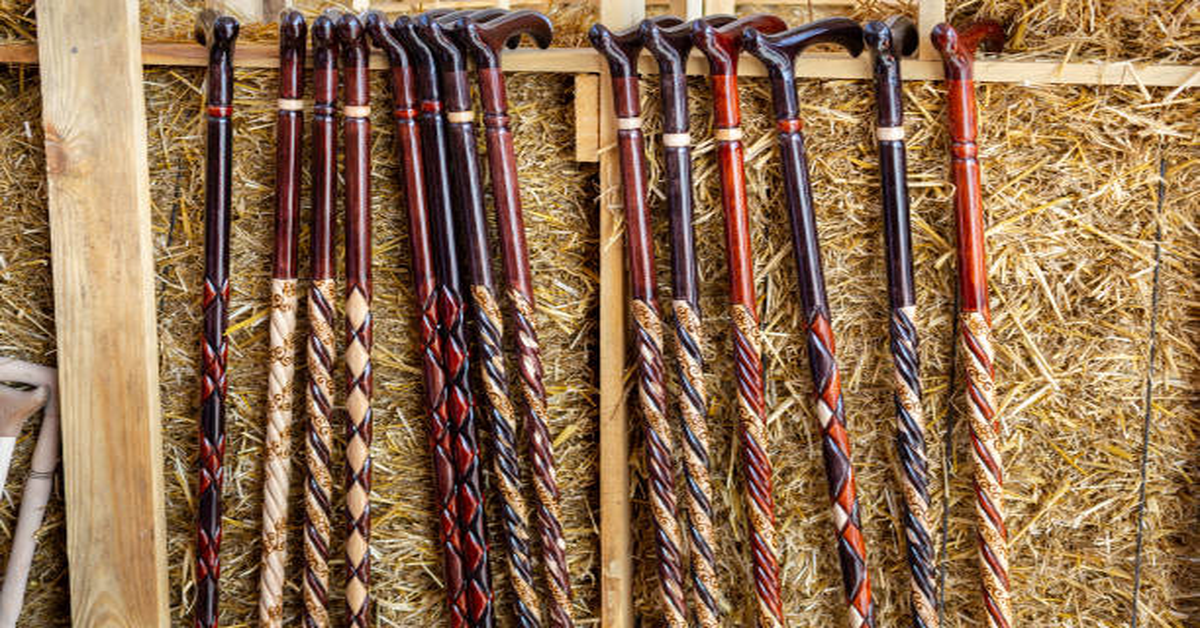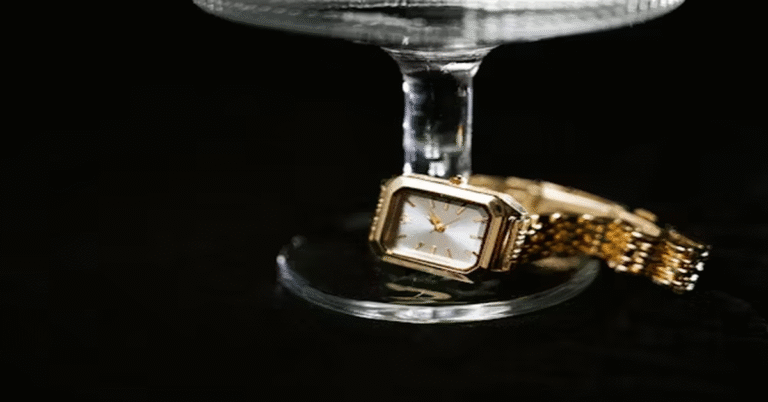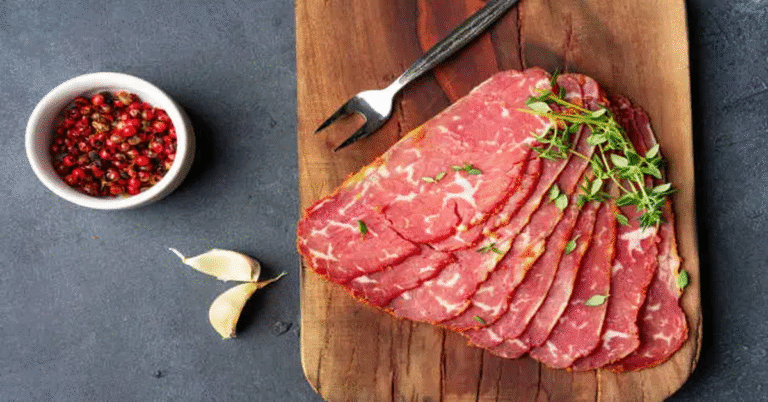
The world of equestrian sports is vast, filled with traditions, specialized equipment, and techniques that have developed over centuries. Among the many tools used by riders, one of the most iconic and recognizable is the riding crop. To some, it may seem like a simple short whip, but in reality, the riding crop has a long history, diverse applications, and an enduring role in both equestrian culture and broader society. Its presence extends beyond horse riding into symbolism, design, performance arts, and even modern fashion statements.
This article takes a deep dive into everything related to the riding crop: its origin, design, purposes, variations, cultural significance, methods of safe use, and how it continues to adapt in today’s world. It is not merely a tool but a fascinating intersection of utility, tradition, and human-animal partnership.
The Historical Origins of the Riding Crop
The origins of the riding crop can be traced back centuries, as humans began to domesticate horses for transportation, farming, warfare, and leisure. Early whips were often long and cumbersome, designed to drive animals rather than communicate with them. Over time, as horseback riding became not only a necessity but also a sport and art form, equipment evolved to prioritize control, precision, and communication rather than brute force.
By the 18th and 19th centuries in Europe, the riding crop emerged in its recognizable form: a short, firm stick with a flexible leather tip. This compact size distinguished it from the traditional long whip. The crop was never meant to injure but to give a quick, sharp cue to the horse. In aristocratic circles, crops also became accessories, often ornately decorated with silver handles or carved designs, reflecting wealth and social standing.
Anatomy of a Riding Crop
Though simple in appearance, the riding crop is carefully structured to serve its purpose effectively. Its parts typically include:
| Part | Description | Function |
|---|---|---|
| Handle | Often wrapped in leather, rubber, or synthetic material | Provides grip and control for the rider |
| Shaft | A firm yet slightly flexible core, usually made from fiberglass, carbon fiber, or wood | Ensures balance, strength, and a slight snap effect |
| Keeper/Tip | A small leather loop or flap at the end | Delivers the tactile cue to the horse |
| Wrist Loop (optional) | A loop attached to the handle | Prevents accidental dropping during riding |
This construction allows the crop to be lightweight yet durable, with the balance necessary for both beginners and professional riders.
Primary Purposes of a Riding Crop
A riding crop serves multiple roles in equestrian activities. Its use, when practiced ethically and responsibly, is not about punishment but about reinforcement of communication between horse and rider.
- Aiding in Communication
Horses respond to body language, leg cues, voice, and rein signals. However, crops can provide a reinforcing cue if the horse hesitates or does not respond to lighter signals. - Encouraging Forward Motion
A light tap behind the rider’s leg can remind the horse to move forward with energy, especially in training or competitions. - Reinforcement of Training
For young or inexperienced horses, a crop helps reinforce leg cues during early stages of training, ensuring consistency. - Correction of Hesitation
Horses may balk at jumps or hesitate during obstacle courses. A crop can provide reassurance or encouragement at these crucial moments. - Sporting and Performance Utility
In competitive equestrian sports like show jumping, eventing, or dressage, crops are used subtly to fine-tune performance.
Variations of Riding Crops
Over time, different designs of riding crops have emerged to suit varied equestrian disciplines and rider preferences.
| Type of Crop | Characteristics | Best Used For |
|---|---|---|
| Standard Crop | Short shaft (24–30 inches), leather keeper | General riding, basic training |
| Jumping Bat | Slightly shorter, broad flat keeper | Show jumping, fast reinforcement |
| Dressage Whip | Longer (up to 43 inches), more flexible | Dressage training, precise side cues |
| Hunting Crop | Heavier, often with a hook handle | Traditional fox hunting, utility functions like opening gates |
| Custom/Decorative Crop | Designed with ornate handles, silver caps, or carvings | Ceremonial use, collection, fashion |
This diversity shows how the crop, though simple in design, has evolved to fit specialized needs.
Ethical Considerations in Using a Riding Crop
A crucial element of modern equestrian practice is animal welfare. The riding crop is not meant as a tool of domination but as a means of communication. Misuse can not only cause harm to the horse but also lead to negative behavioral outcomes.
- Correct Use involves light taps, applied only when necessary, and always in conjunction with voice or leg cues.
- Incorrect Use involves repeated striking, excessive force, or use as punishment, which can harm both physically and psychologically.
In professional competitions, rules and regulations strictly govern crop use. For example, riders may face penalties or disqualification for overuse. This reflects the growing emphasis on ethical horsemanship and respect for the horse’s well-being.
Riding Crops in Cultural Symbolism
Beyond the equestrian arena, riding crops have carried symbolic meaning in various cultural contexts:
- Authority and Power
Historically, a crop carried by a rider or figure of status symbolized authority and command. - Fashion Accessory
In the 19th and early 20th centuries, riding crops often appeared as fashionable accessories, particularly in aristocratic or military circles. - Art and Media
Riding crops are frequently depicted in paintings, films, and photography to evoke themes of discipline, elegance, or dominance. - Performance Arts
In certain performance traditions, the crop serves as a stage prop, representing elegance and equestrian heritage.
Comparison Between Riding Crop and Other Equestrian Tools
To better understand the crop, it helps to compare it with similar equipment:
| Tool | Size | Use | Distinction |
|---|---|---|---|
| Riding Crop | Short (24–30 in) | Quick reinforcement cues | Focused, minimal reach |
| Dressage Whip | Long (up to 43 in) | Precision side cues | Greater reach, more subtle |
| Lunge Whip | Very long (6–12 ft) | Training horse at distance | No direct contact with rider |
| Driving Whip | Medium length | Used for carriage driving | Maintains rhythm for teams |
These comparisons show that while many tools exist for horse guidance, the riding crop is designed for close-contact, mounted riding.
Safe Handling and Maintenance of Riding Crops
Proper use and maintenance of riding crops are essential for effectiveness and longevity.
- Grip Training: Riders should hold the crop alongside the reins, ensuring it does not interfere with rein communication.
- Tap, Don’t Strike: Gentle taps are more effective than harsh strikes, maintaining trust with the horse.
- Storage: Crops should be stored in dry areas to prevent leather deterioration and shaft warping.
- Cleaning: Leather keepers benefit from regular conditioning to preserve flexibility.
- Replacement: A frayed keeper or cracked shaft should be replaced promptly to avoid accidents.
Riding Crop in Modern Fashion and Lifestyle
Interestingly, riding crops have found their way into modern fashion and lifestyle contexts. Designers sometimes incorporate crops as runway props, symbolizing elegance, boldness, or equestrian heritage. In photography, a crop may serve as a statement accessory, adding sophistication to themed shoots.
This cultural crossover highlights how tools from specialized traditions often evolve into symbols with wider cultural relevance.
Future of Riding Crops in Equestrianism
With growing emphasis on animal rights, equestrian communities are continually reevaluating crop use. New designs focus on ergonomics, lighter materials, and more humane tips that deliver tactile cues without discomfort. Some equestrian federations are considering stricter regulations or even alternatives to crops in certain competitions.
As technology advances, future training tools may integrate vibration-based aids or smart devices that communicate through gentler methods. However, the riding crop will likely remain part of equestrian heritage, symbolizing the age-old relationship between rider and horse.
Conclusion
The riding crop is far more than a simple stick—it is a product of history, craftsmanship, and tradition. From its origins in horseback riding to its symbolic role in culture and fashion, it has proven to be a versatile and enduring tool. Used responsibly, it enhances communication between rider and horse, reinforcing partnership rather than control.
By understanding its anatomy, uses, and ethical implications, riders and enthusiasts alike can appreciate the crop not merely as an object but as part of a broader tradition of horsemanship. As equestrian practices evolve, the crop stands as a reminder of the importance of balance between tradition, utility, and humane care.
FAQs
1. What is the purpose of a riding crop?
A riding crop is used to reinforce a rider’s leg or voice cues, encouraging horses to respond more effectively.
2. Is a riding crop harmful to horses?
When used responsibly, it is not harmful. Misuse, however, can cause injury or stress, making ethical handling essential.
3. What is the difference between a riding crop and a dressage whip?
A crop is shorter and designed for quick cues, while a dressage whip is longer and allows for precise side cues.
4. How should a riding crop be held?
It should be held alongside the reins, resting on the thigh or leg, ensuring it does not interfere with rein control.
5. Can riding crops be used outside of equestrian sports?
Yes, they sometimes appear in fashion, photography, and cultural symbolism, though their primary function remains equestrian.






